Utricularia L.
bladderwortbladderwort:
(n) any plant of the genus Utricularia
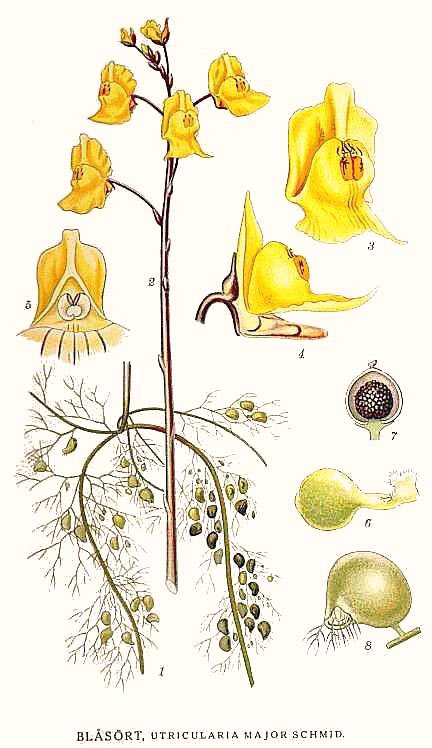
Lentibulariaceae
cosmopolitancosmopolitan:
(adj) essentially worldwide in distribution
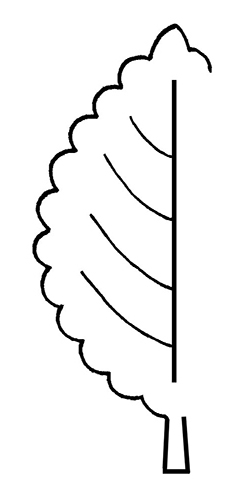
Utricularia aurea Lour.
U. australis R. Br.
U. gibba L.
U. graminifolia Vahl
U. inflexa Forssk.U. radiata Small
U. reflexa Oliv.
U. stellaris L.f.
Utricularia geminiscapa is introduced into New Zealand, but restricted to Westland.
U. gibba is introduced into Europe, Hawaii (United States) and New Zealand.
U. stygia is introduced into North America.
Utricularia inflata is a considered an aquatic weed in one country.
free-floating below water surface, rootless, submersedsubmersed:
see submerged
 or amphibiousamphibious:
or amphibiousamphibious:
(adj) of a plant able to live on land or in water
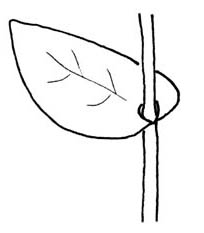 stem plantstem plant:
stem plantstem plant:
(n) (a term used in the aquarium and pond plant trade) having an elongate stem (as opposed to a compact stem)

Perennialperennial:
(adj) (of a plant) having a life cycle of more than two years
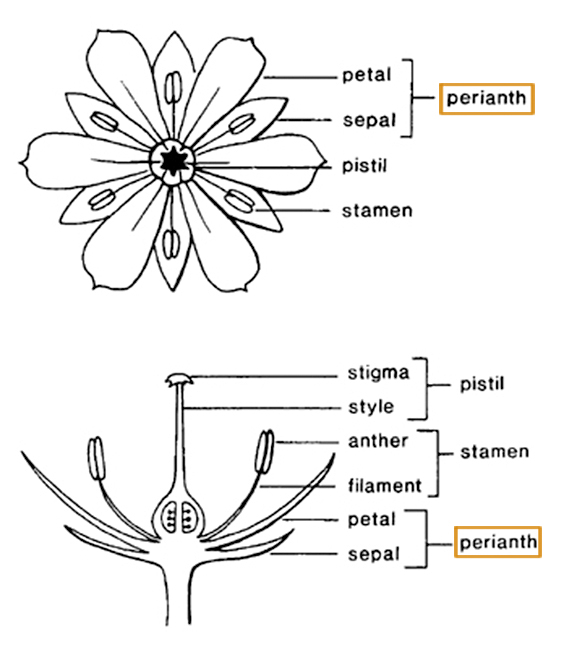 or annual. Submersedsubmersed:
or annual. Submersedsubmersed:
see submerged
 , free-floating or fixed by root-like rhizoids, often tangled with other plants in aquatic species. Leaves and stem poorly differentiated and morphology highly variable, arrangment of such 'leaves' alternatealternate:
, free-floating or fixed by root-like rhizoids, often tangled with other plants in aquatic species. Leaves and stem poorly differentiated and morphology highly variable, arrangment of such 'leaves' alternatealternate:
(adj) (of leaves) bearing one leaf per node; placed singly on the stem at different heights
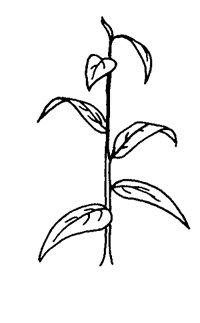 or whorledwhorled:
or whorledwhorled:
(n) bearing whorls; a type of leaf arrangement (phyllotaxis) in which leaves are in whorls
 , dimorphic: emergentemergent:
, dimorphic: emergentemergent:
(adj) (syn. emersed) with parts raised out of the water; extending up out of the water
 leaves peltatepeltate:
leaves peltatepeltate:
(adj) of usually flat organs such as leaves: having its stalk attached to its underside away from the margin, near the center
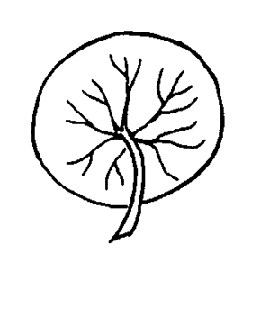 , entireentire:
, entireentire:
(adj) having a continuous margin that is not toothed or lobed
 , linear, obovateobovate:
, linear, obovateobovate:
(adj) ovate, with the narrow end at the base
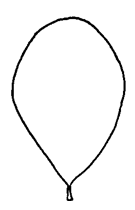 , spathulatespathulate:
, spathulatespathulate:
(adj) (or spatulate) spoon-shaped
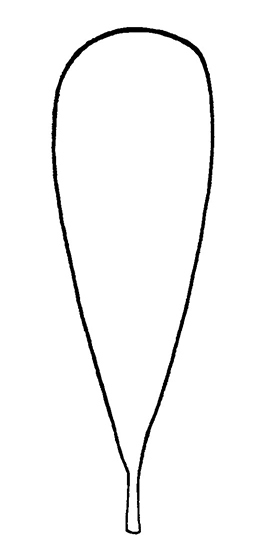 or reniformreniform:
or reniformreniform:
(adj) kidney-shaped
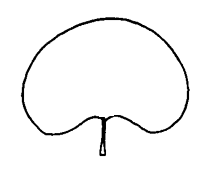 ; submersedsubmersed:
; submersedsubmersed:
see submerged
 leaves usually highly dissecteddissected:
leaves usually highly dissecteddissected:
(adj) (of leaves) +/- deeply divided, cut, or lobed, including being compound
 , with globoseglobose:
, with globoseglobose:
(adj) spherical or nearly so
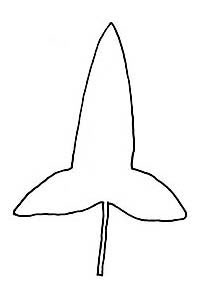 , bladderbladder:
, bladderbladder:
(n) a hollow chamber designed for trapping or flotation, notably in bladderworts
 -like traps. Inflorescenceinflorescence:
-like traps. Inflorescenceinflorescence:
(n) the arrangement of flowers on the floral axis
 a racemeraceme:
a racemeraceme:
(n) an indeterminate, unbranched inflorescence having pedicelled flowers on a usually elongated axis (may be cymose)
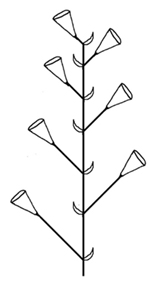 , often supported on a whorlwhorl:
, often supported on a whorlwhorl:
(n) three or more similar organs arranged in a circle at the same point around an axis
 of inflatedinflated:
of inflatedinflated:
(adj) bladdery; swollen, or appearing so
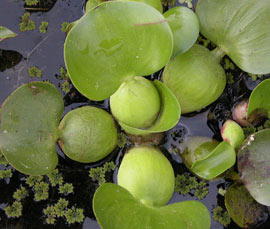 leaves or floats. Flowers showy, distinctive, zygomorphiczygomorphic:
leaves or floats. Flowers showy, distinctive, zygomorphiczygomorphic:
(adj) bilaterally symmetrical; symmetrical along only one plane
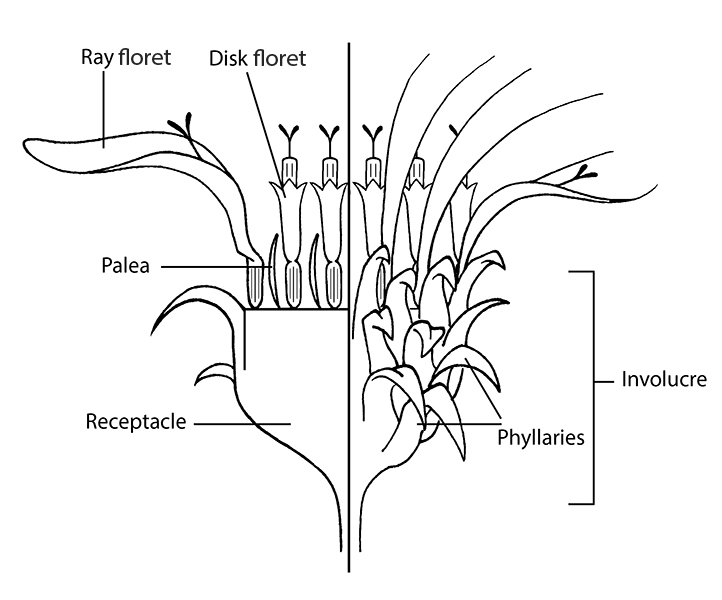 ; sepals 2; petals 5, fused at base, corollacorolla:
; sepals 2; petals 5, fused at base, corollacorolla:
(n) the inner whorl(s) of the perianth; all the petals of a flower
 2-lipped. Dispersal by stem fragments or seeds.
2-lipped. Dispersal by stem fragments or seeds.
variable; terrestrialterrestrial:
(adj) growing on land as opposed to living in water
 species in waterlogged or wet soils, aquatic species in ponds and other still, muddy-bottomed waters; a few species adapted to rapidly moving streams
species in waterlogged or wet soils, aquatic species in ponds and other still, muddy-bottomed waters; a few species adapted to rapidly moving streams
A large polymorphicpolymorphic:
(adj) displaying multiple forms (of, e.g., an organ) in one organism
 genus of over 200 species, most of which are terrestrialterrestrial:
genus of over 200 species, most of which are terrestrialterrestrial:
(adj) growing on land as opposed to living in water
 or subterranean; about 30 species are aquatic. Foliage of Utricularia appears as a tangled mass with roots, turions, stems and leaves and leaflets highly variable and poorly differentiated; leaves may not be easily recognizable as such, or stems may look like leaves, and vice versa. The main consistent feature of the genus is the inflorence, which is frequently highly ornate.
or subterranean; about 30 species are aquatic. Foliage of Utricularia appears as a tangled mass with roots, turions, stems and leaves and leaflets highly variable and poorly differentiated; leaves may not be easily recognizable as such, or stems may look like leaves, and vice versa. The main consistent feature of the genus is the inflorence, which is frequently highly ornate.